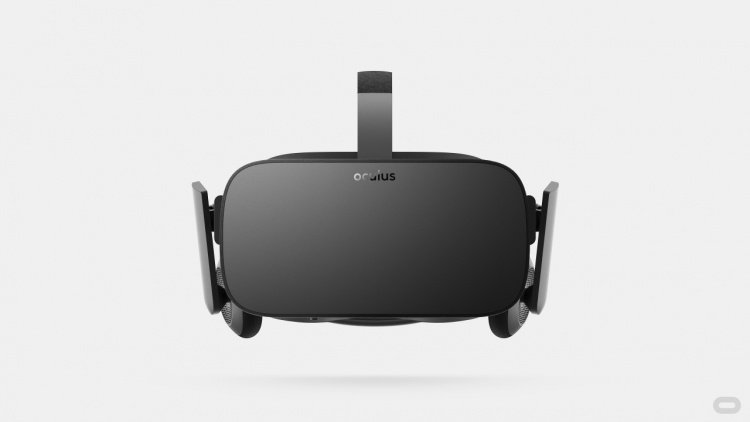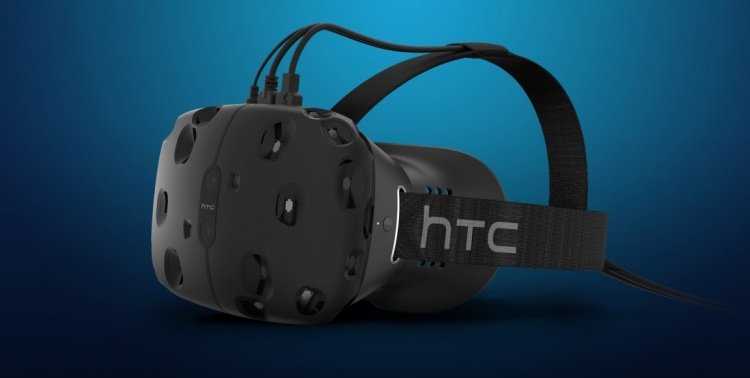We’re getting closer!
Virtual Reality this, virtual reality that, virtual reality is the future. Ok, I get it, in fact we all do. However with all of the virtual reality talk that’s going on, I feel that some people are getting overwhelmed into what’s what, who’s going to have the best virtual reality and more importantly, what the heck can I do with it. And that last bit is damned important as the applications for using virtual reality is really expansive. From the medial sector, to space exploration, flight simulation, education, sports, films, porn (yes, porn) and so much more. It’s virtually, excuse the pun, limitless. For the sake of this article we’re going to focus on the more recent application of using virtual reality: Gaming.
Video Games have always tried to do one thing very well and that’s to immerse the person or persons playing the game in a virtual reality. Whither it be a MMO, RPG, Fighter, Racing, or whatever you like to play. Most video games as based in a fantasy world and try as much as they do, they can never 100% immerse you, not in a way that you could be completely fooled or tricked that you are one with that virtual world. That is until now where virtual reality has gotten to the state that it can do gaming justice, the way we all want it to be.
Sure while it’s a far, far, far ways off from being digitized and put into the game (See: Tron), I’m pretty excited yet skeptical at the same time. With three major players investing so much money into virtual reality, they could use that money to feel a small country, it seems that virtual reality isn’t the fad that it once was. An impressive feat for sure, since a few years ago virtual reality was all but written off.
So who are the major players?
- Oculus Rift virtual reality (Not available for consoles) – The daddy of the current state of virtual reality and the overall pioneer. Many would argue that it wasn’t for the steps and progress that Palmer and crew have made in virtual reality these last few years, virtual reality wouldn’t be in the current state that it is. And while the Oculus Rift is soley focus on the PC platform and, it’s still required to be mentioned due to the role it has played. That and well, it is one of the three virtual reality players in the gaming scene, even though consoles aren’t supported, at least not the current generation. Pre-orders for the system cost $599.99

- HTC Vive (Not available for consoles) – While seen as a “me-too” virtual reality appliance, the Vive has come a long way, it is the love child of a newly formed alliance between HTC and Valve. Which is ironic as Valve originally was against virtual reality, the company has embraced it now. Hot on the heels of the Oculus Rift, the Vive has what I feel an uphill battle as many have picked the Oculus Rift as the winner of the virtual reality race when it comes to the PC. However many discount that Vive has the backing of Valve, and while they’re known as a software shop more than anything, despite the release of the Steam Controller and the Steam Link, they couldn’t be discounted. Especially since Valve owns what could be considered the ultimate virtual reality titles, mainly Portal and Half Life. And nothing would surprise me more than if Valve finally gets around to announcing a Portal 3 or Half Life 3, right around and shortly after the official release of the Vive. A killer app sells hardware, so this may not be far off. Oh, it’s also the most expensive out of the 3 major virtual reality camps at $799.99.

- Sony’s PlayStation virtual reality – Finally announced with a price tag and a release date of $399/$499 and October 2016, it seems Sony is ready to play in the virtual reality scene. And while comparing it against its PC brethren, the PlayStation virtual reality may just be the weakest of the three in a hardware respect. It’s got the market share with over 35 million PlayStation 4’s sold. Combine that with the lowest price tag and supposedly debuting with over 50 titles by the end of 2016, the PlayStation virtual reality has a lot of momentum going for it. Not to mention that it’s $200 -300 cheaper than either of the previously mentioned virtual reality systems.
I know that’s a lot to take in, let’s fix that, shall we? Both the Oculus Rift and HTC Vive are open-ended virtual reality systems, meaning they are pretty much limitless when it comes to what they can be applied to. Spec wise both systems do share similarities in their hardware make up, but that’s about it. In addition both require a pretty beefy computer for both of them to be utilized. Lastly since this is about the virtual reality space as it pertains to consoles, neither of them apply as they are both a PC only experience, at least for now.
The PlayStation virtual reality however is the only virtual reality system that will be available solely in the gaming console space, which means it has been designed from the start as a closed platform that’s devoted to gaming and only gaming. And as far as the gaming consoles go, Sony is the only one competing in this area. While Microsoft isn’t exactly sitting on the sidelines, they’ve gone a different direction with their Microsoft HoloLens with is based on augmented reality and could be argued is the more involved, compared to virtual reality. But that’s a story for another time.

The PlayStation virtual reality, the only virtual reality headset / unit that is being produced and marketed towards gamers who play on consoles. On that same token it seems that Sony has done their research on the PSvirtual reality, since most of the feedback of the system seems to be positive. What’s more is that Sony has thrown the gauntlet in regards to what it expects anyone who is developing a title for the PSvirtual reality to follow. Case in point, Sony has mandated that any title that is submitted for PlayStation virtual reality must maintain 60fps as a minimum.
“I know I’m going to get flagged for this, but there’s no excuse for not hitting framerate. You cannot drop below 60 fps. Period. Ever. I can’t stress that enough. If you submit a game to us and you drop down to 30 or 35 or 51 we’re probably going to reject it. – Chris Norden, Senior Staff Engineer at Sony Computer Entertainment
I don’t know about you, especially if you’re a developer, but this shows that Sony is serious in its attempt to market and bring the PSVR to gamers. If done right, not only will the software sell the systems, but they’ll have a leg up on both the Oculus Rift and HTC Vive, based on its price and appeal.
It’s already out front, anyone can pre-order the PlayStation virtual reality now at multiple outlets, if you can find it as there are reports that the system sold out just as fast as pre-orders started. And while there’s more than likely going to be second and third waves of pre-orders to come, I mean Sony should know that the demand is there, this should speak volumes. Gamers are hungry for virtual reality and the next dimension of gaming it will eventually usher in. More so, you also have the technology lovers and gearheads, who may not be gamers but want to get their hands on the latest and greatest. Even myself who I fashion to be a huge technology lover and gamer, is debating if I should snag one of these and put it through its paces with it finally releases.
Give me a properly done Gran Turismo, Armored Core (are you listening Fromsoftware?), Ace Combat or even a Dragon Ball Z game and have it implemented where the frame-rate doesn’t drop. Give me a complete immersive experience, once that finally tricks my eyes and brain to thinking that I’m doing something else other than sitting in my living room and that i’m actually in the game and I’ll happy plop down the hundreds of dollars is requesting. But they’ve got to show me and seeing how they’ve announced that October is the date, that’s six months away from now. And I for one really hope that they’re ready to by the magical date or they may likely never hear the end of it.
My hands on with all of these virtual units are limited, as I’ve only ever touched the Oculus Rift early on in its life cycle and never experienced either the HTC Vive or PlayStation VR. I hope that changes at the upcoming PAX East 2016, I’m eagerly awaiting both of them. Especially since for gamers like myself who own multiple gaming consoles as well as a gaming PC, we owe it to ourselves as well as to the product to determine which is going to be best for us; which one are we going to plop down the cash for and while one are we going to help shape the future for?
What was that, how can we shape the future you ask? Simple actually. Despite the fact that all three of these virtual reality units are being released as consumer products, they’re still a far ways from reaching their maximum potential and it will be up to each and every one of us who purchase one to provide feedback on them. What works? What you didn’t like? Did it make you sick? What could be done better? While this may seem like a beta, it’s more of a learning experience. Nothing is perfect from day one, and the best example of that is the human body.
The future is indeed coming and whether virtual reality is that future or not remains to be seen, but damn if it isn’t exciting. Don’t you think so?

